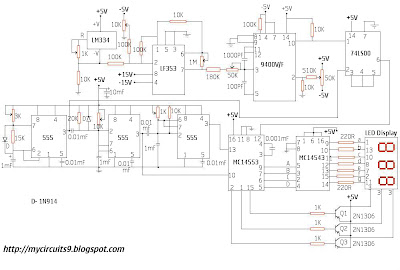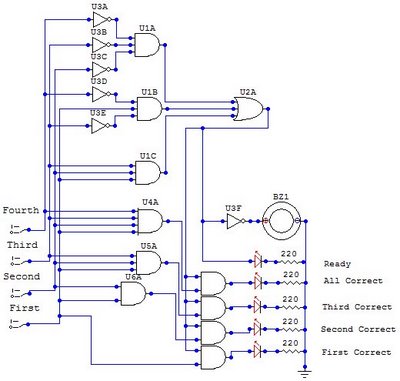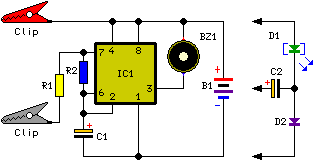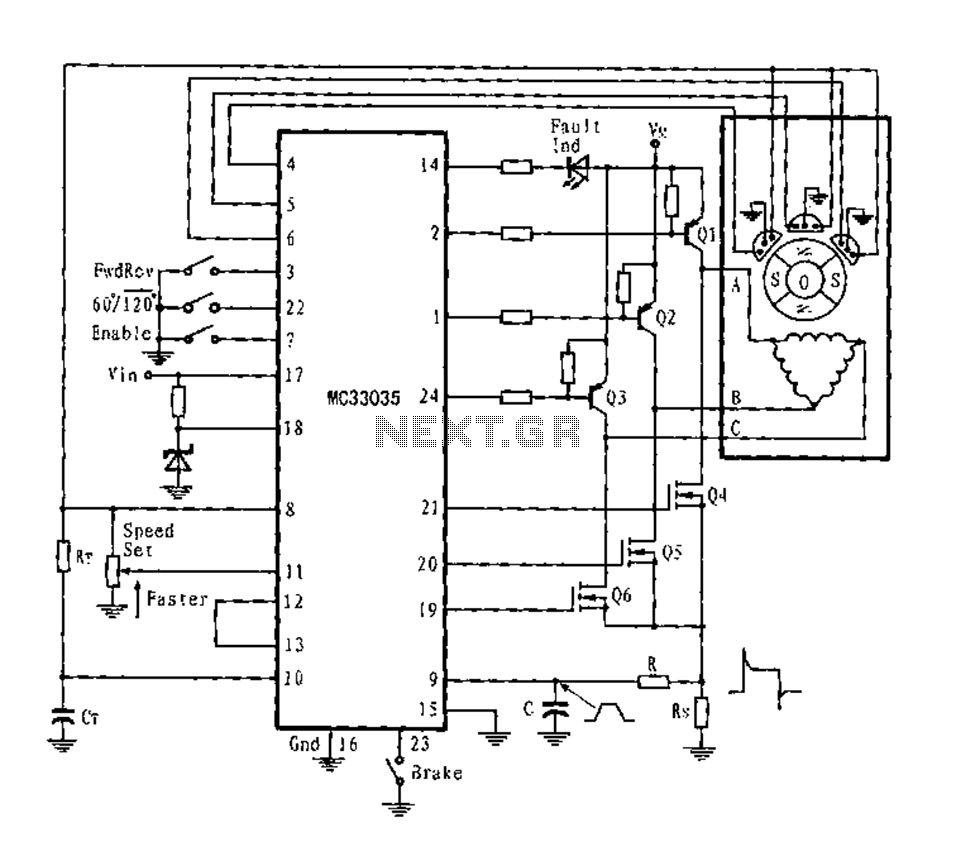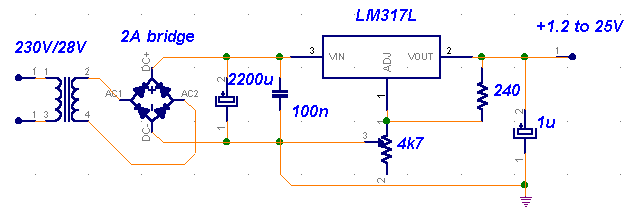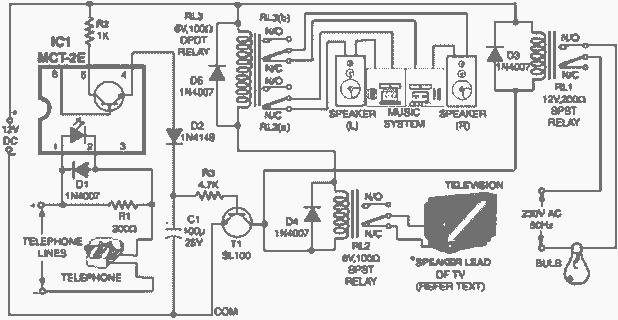
Delta connection Motor phase protection circuit
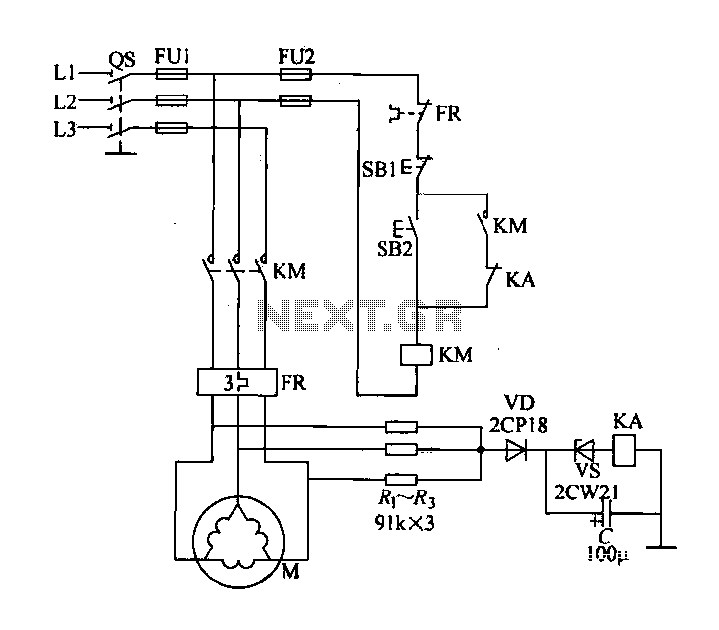
Delta connection motor phase failure protection circuit is illustrated in the figure. Its protective function involves three resistors, R1, R2, and R3, which are connected to form an artificial neutral point. When a motor phase failure occurs, an offset at this neutral point is detected, causing relay KA to energize. As a result, the normally closed contacts of the relay open, interrupting the power to the contactor coil KM. This loss of power deactivates the motor circuit, effectively stopping the motor M.
The delta connection motor phase failure protection circuit is designed to safeguard three-phase induction motors from potential damage due to phase loss. The configuration utilizes three resistors, R1, R2, and R3, which are strategically connected to create an artificial neutral point. This neutral point serves as a reference for detecting phase imbalances.
In normal operating conditions, the voltage levels across the three phases remain balanced, and the artificial neutral point remains stable. However, when a phase failure occurs—meaning one of the phases experiences a drop in voltage or becomes completely disconnected—the balance is disrupted. This imbalance causes a shift in the voltage at the artificial neutral point, which is monitored by the relay KA.
Upon detecting this voltage shift, relay KA is activated. The activation of relay KA results in the opening of its normally closed contacts, which are connected to the contactor coil KM. This interruption effectively cuts off the power supply to the contactor coil, leading to the de-energization of the contactor. As a consequence, the main circuit supplying power to the motor M is also interrupted, thereby stopping the motor from running.
This phase failure protection mechanism is critical in preventing motor damage that could arise from prolonged operation under phase loss conditions. By automatically disconnecting the motor from the power supply, the circuit ensures that the motor does not overheat or suffer mechanical stress due to unbalanced loading. Overall, the delta connection motor phase failure protection circuit is a vital component in industrial motor control systems, enhancing reliability and safety in operations.Delta connection Motor phase failure protection circuit as shown in FIG. Its protective role is as follows: The three resistors R, ~ R3 connected as an artificial neutral point - when the motor phase failure, this neutral point offset occurs, relay KA is energized, normally closed relay contacts off contactor coil KM circuit. KM loss of power release motor circuit knock off the main circuit, the motor M is stopped.
The delta connection motor phase failure protection circuit is designed to safeguard three-phase induction motors from potential damage due to phase loss. The configuration utilizes three resistors, R1, R2, and R3, which are strategically connected to create an artificial neutral point. This neutral point serves as a reference for detecting phase imbalances.
In normal operating conditions, the voltage levels across the three phases remain balanced, and the artificial neutral point remains stable. However, when a phase failure occurs—meaning one of the phases experiences a drop in voltage or becomes completely disconnected—the balance is disrupted. This imbalance causes a shift in the voltage at the artificial neutral point, which is monitored by the relay KA.
Upon detecting this voltage shift, relay KA is activated. The activation of relay KA results in the opening of its normally closed contacts, which are connected to the contactor coil KM. This interruption effectively cuts off the power supply to the contactor coil, leading to the de-energization of the contactor. As a consequence, the main circuit supplying power to the motor M is also interrupted, thereby stopping the motor from running.
This phase failure protection mechanism is critical in preventing motor damage that could arise from prolonged operation under phase loss conditions. By automatically disconnecting the motor from the power supply, the circuit ensures that the motor does not overheat or suffer mechanical stress due to unbalanced loading. Overall, the delta connection motor phase failure protection circuit is a vital component in industrial motor control systems, enhancing reliability and safety in operations.Delta connection Motor phase failure protection circuit as shown in FIG. Its protective role is as follows: The three resistors R, ~ R3 connected as an artificial neutral point - when the motor phase failure, this neutral point offset occurs, relay KA is energized, normally closed relay contacts off contactor coil KM circuit. KM loss of power release motor circuit knock off the main circuit, the motor M is stopped.
